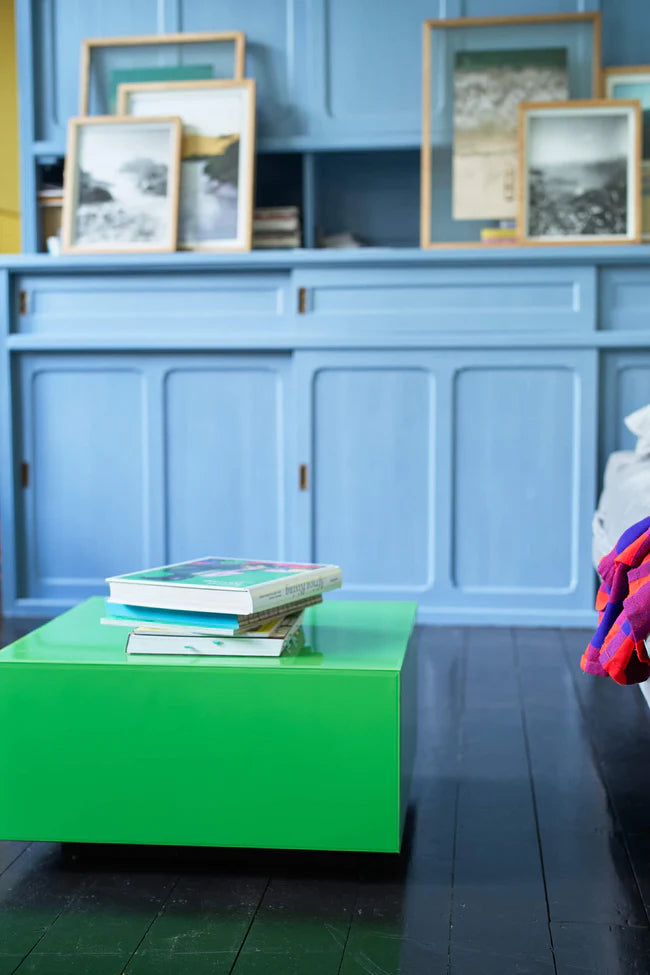
Nordic design has a rich history that spans back over a century, and it has evolved significantly over the years. In the early 20th century, the style was characterised by functionalism, with an emphasis on simplicity and utility. This was in part due to the harsh climate and limited resources of the Nordic region, which required a practical and efficient approach to design.
In more recent years, however, Nordic design has taken on a more cozy and comfortable feel, with the emergence of the concept of "hygge". Hygge, which roughly translates as "coziness", has become an important part of Nordic culture and has had a significant influence on design. This shift towards warmth and comfort has been reflected in the use of natural materials, soft lighting, and cozy textiles.
Today, Nordic design is known for its simplicity, functionality, and natural materials, as well as its focus on creating a warm and welcoming atmosphere. It's a style that has stood the test of time and continues to be popular around the world.

0 comments